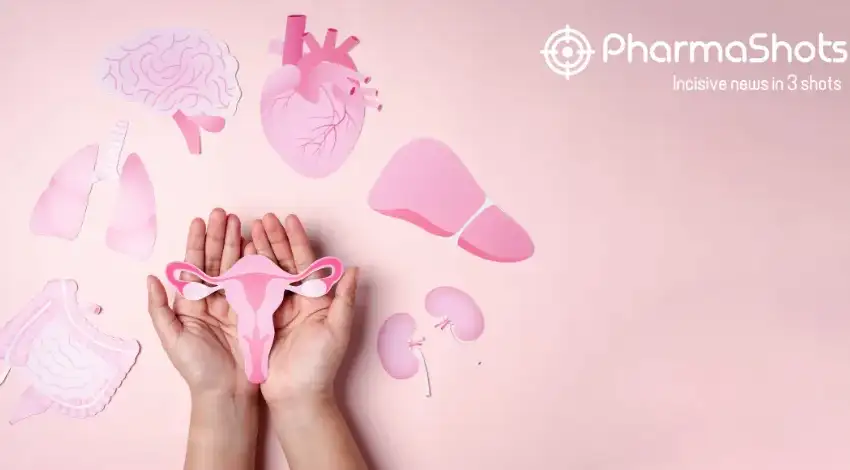Trends in Biopharma: SPAC Market Resurgence
A Special Purpose Acquisition Company (SPAC) is a “blank check” shell company created to raise funds through an IPO to finance a merger or acquisition. In 2020 and 2021, SPAC activity surged dramatically, raising over $83B across 248 IPOs in 2020 and $160B across 613 IPOs in 2021. Healthcare-focused SPACs alone contributed $11.1B in 2020 and $23.1B in 2021. What was once seen as a Wall Street bubble eventually faded, only to re-emerge in 2025 with renewed momentum.
Understanding the SPAC Mechanism
SPACs are formed to acquire privately held companies and take them public. At the outset, funds are raised through an IPO and traded on public exchanges. The proceeds are placed in a trust account, which must be used within a specified period to acquire a target company.
How SPACs Differ from Traditional IPOs
Unlike traditional IPOs, which often take 12–18 months, SPACs are known for their speed and efficiency. Key differentiators include:
- Faster execution: Transactions can close much quicker than a standard IPO.
- Upfront price discovery: Pricing is negotiated before closing, offering greater certainty.
- Reduced marketing efforts: SPACs typically avoid lengthy roadshows.
- Sponsor expertise: Target companies can benefit from the operational and financial expertise of seasoned SPAC sponsors.
Decline in SPAC Activity (2021 Onward)
By Q2 2021, investor interest in SPACs began to wane, with IPOs declining by 67% compared to Q1. Two key factors drove this downturn:
- Poor De-SPAC performance: Many companies that went public via SPAC underperformed, leading to investor losses.
- Tighter regulations: The SEC introduced stricter rules to strengthen investor protections and ensure transparency.
SPAC 2.0: Resurgence in 2025
In 2025, SPACs have returned with a stronger foundation, often referred to as “SPAC 2.0.” The renewed model emphasizes:
- Greater transparency
- Streamlined processes
- A friendlier regulatory environment
This resurgence reflects the continued demand for faster, more efficient pathways to public markets. Lessons learned from past failures have made sponsors and investors more disciplined, shaping a healthier, more sustainable SPAC ecosystem.
Conclusions & Perspectives
The evolution of SPACs highlights a broader shift toward making public markets more transparent, accessible, and investor-friendly. For sponsors and target companies, the lessons of 2021 serve as a guide: success in the new SPAC era depends on discipline, transparency, and value creation.
Related Post: Trends in Biopharma: The Upsurge in Multi-Omics Analysis



